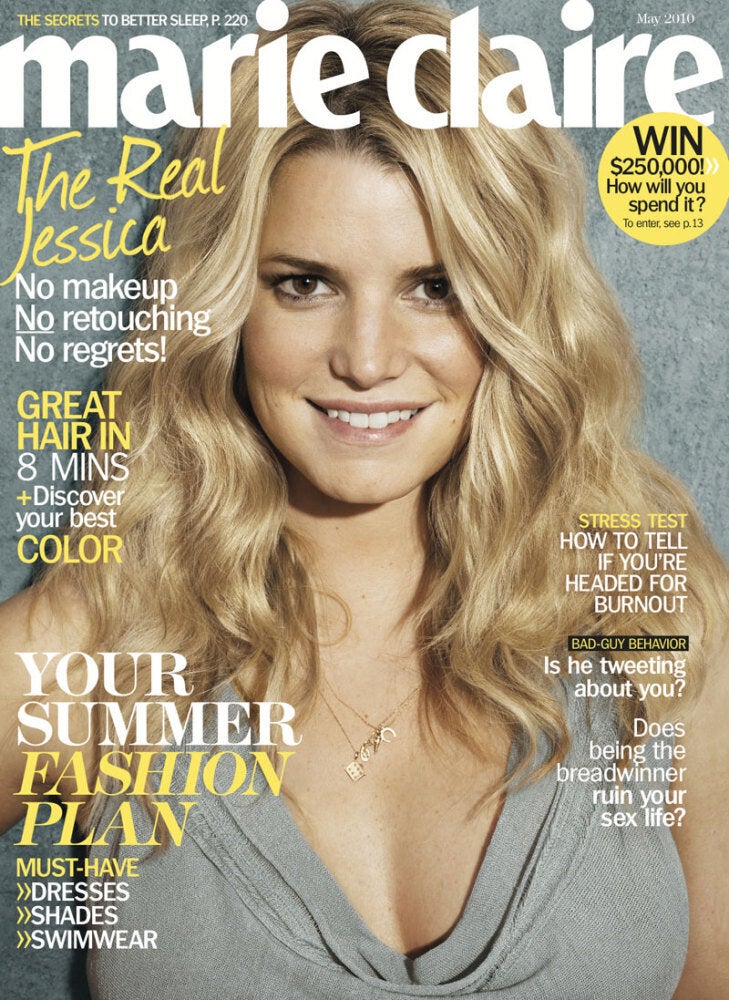
The Wall Street Journal and Toronto Standard were among the many publications discussing Israel's recent ban on "too skinny" models.
In Israel, models must have a BMI of at least 18.5 in order to work and there are very strict rules about using models who fall below the magic number. However, this ruling is unfair. BMI is, after all, not always an indicator of health -- there have been many publications that have proven that. For example, people with very light bones and athletes are more likely to fall out of said number, and still be relatively healthy. In addition, one can meet these minimum requirements, yet still look extremely thin -- muscle, after all, weighs more than fat.
I understand that there is a need to use "healthier" looking models and a more diverse range of sizes. This is something that I support. I have long been advocating the use of shorter women, especially if designers want to stick with their super-tiny sample sizes as well as larger women. That's why I think using proportion (i.e. a model's measurements) is a much better alternative.
For example, a requirement can be that models over 5'9" must have a waist of 27" or more (and with bust and hips that are in proportion). This is still very thin for a taller woman, but not nearly as thin as many of the models one currently sees on the runway.
If the models are, say, between 5'6" and 5'9", then the waist size can drop down a bit. It can drop further still if the models are truly petite (below 5'5"). This will also force designers to make larger sample sizes. At the same time, the models will still look "slim", but not scary-skinny.
While I would love to see an even more diverse range -- true plus sizes, for example, implementing rules like I outlined is probably a good start and one without as much controversy as a BMI requirement. Because if Canada had the same requirements as Israel, I wouldn't qualify either (not that I can, save for any petite-exclusive line or designer that will cast short women). And I have never been told that my weight was "unhealthy."
Stars on the cover of magazines without airbrushing
